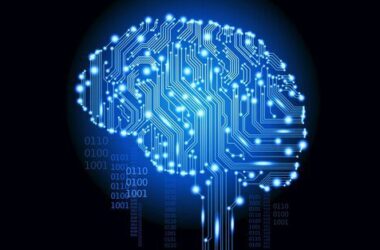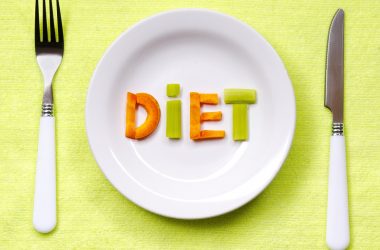Eating is a way for humans to fuel themselves with energy and to nourish the body. Having a meal can help boost our mood and make us feel happy. We do know if we eat excessively, our health can deteriorate due to obesity, heart diseases, diabetes and many more. What about if people eat too less or too much and out of the norm? Eating disorders can cause multitudes of health problems and affect the mind wellness in the long run. It probably seems a harmless condition to many but without proper treatment and medicine, death related to eating disorders can be up to 20 %.
Eating disorders alter a person’s eating habits by being too concerned with body weight that affects thoughts and emotions. Being engrossed with food, body weight and body sizes or shapes is probably a sign of an eating disorder. Eating disorder consists of few types with different characteristics:
1-Binge eating disorder
It is characterised by repeated binge eating episodes of eating enormous amounts of food in a short time where a person loses control during binge-eating behaviour. People with this disorder will feel guilty after the binge eating but never intend to throw up voluntarily. Binge eating disorder causes someone to overweight or obese that could lead to increase risk of diabetes, stroke and heart problems.
2-Bulimia Nervosa
Bulimia nervosa is a behaviour such as binge eating disorder but followed by a compensation behaviour such as purging by forced vomiting, excessive laxative or diuretics usage, excessive fasting and/or exercise to make up for feeling terrified of gaining weight. People with bulimia nervosa can have BMI (body mass index) of an underweight, normal or slightly overweight even though usually they are in normal weight. Since the act of purging causes the content of the stomach, especially acid, to travel upwards along the throat and the mouth, a person will easily get acid reflux disorder, an inflamed sore throat, worn out enamel and more sensitive teeth due to decaying teeth. A person may also experience severe dehydration and imbalance of body electrolyte from loss of fluid during purging.
3-Anorexia nervosa
Anorexia nervosa is marked with extreme restrictive eating to pursue a very thin body and low body weight due to immense terror of gaining weight. A person with anorexia nervosa would not want to accept the fact they need to maintain a normal or healthy weight. Heavy denial of accepting they are underweight is part of the distorted body image felt by patients. Symptoms includes thinning of bones or losing bone density (osteopenia or osteoporosis), severe constipations, dry yellowish skin, brittle nails and hairs, low blood pressure, slow heart rate, feeling cold almost all the time and absence of menstrual bleeding (amenorrhea). Death due to anorexia nervosa is the highest among any other psychiatric disorder caused by medical complications and suicide.
4-Avoidant or restrictive food intake disorder (ARFID)
It is “previously known as selective eating disorder” or “feeding disorder of infancy, toddlers and childhood” where a condition of people eating behaviour related to limited amount or type of food. Not to be confused with picky eaters in early childhood, ARFID causes someone to not eat enough calories for development and body growth. Even ARFID usually starts in the first 7 years of life and most common in middle childhood, this condition can last until a person becomes adult. ARFID is not associated with fear of weight gain such as in anorexia nervosa.
Eating disorders are much more than abnormal eating behaviour. It is important for those who have signs of this disorder or a person you know is suspected of having an eating disorder, to get help from psychiatrists and doctors. Without proper treatment, eating disorders can cause a plethora of diseases to the body and high risk for life-threatening conditions.
References:
https://www.nimh.nih.gov/health/topics/eating-disorders
https://www.nimh.nih.gov/health/statistics/eating-disorders
https://www.ncbi.nlm.nih.gov/books/NBK567717/
















